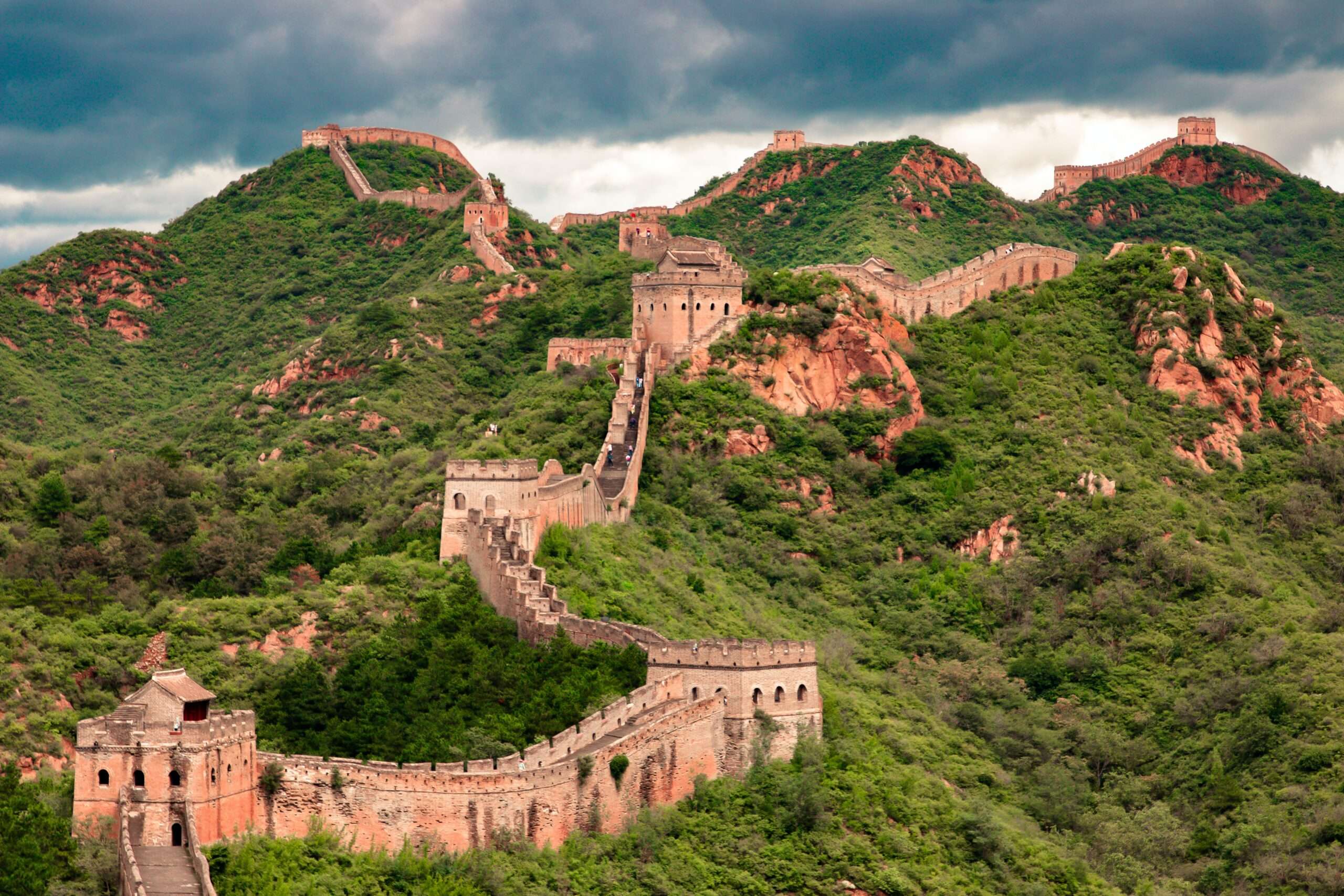Predicting the economic landscape half a century into the future is a daunting task, fraught with uncertainties and variables. However, with careful analysis of current trends, emerging technologies, and geopolitical shifts, it’s possible to speculate on which nations might emerge as the top economic powerhouses by the year [current year + 50]. Here’s a speculative glimpse into the potential top five largest economies in the world in 50 years:
1. China
China’s trajectory towards becoming the world’s largest economy seems almost inevitable. With its massive population, rapid technological advancements, and strategic investments in infrastructure and innovation, China is poised to maintain its economic momentum. By [current year + 50], China’s GDP could potentially surpass all others, driven by its dominance in manufacturing, technological innovation, and expanding consumer market.
2. India
India’s ascent as an economic powerhouse is expected to continue over the coming decades. With a young and rapidly growing population, India has immense potential for economic growth, supported by advancements in technology, infrastructure development, and economic reforms. By [current year + 50], India’s GDP could rival that of China’s, making it one of the top contenders for global economic leadership.
3. United States of America
While the United States may face challenges in maintaining its current economic dominance, it is likely to remain among the top economies in the world in 50 years. Continued innovation, a strong entrepreneurial spirit, and strategic investments in emerging industries such as artificial intelligence, biotechnology, and renewable energy could sustain America’s economic competitiveness on the global stage.
4. Nigeria
Africa’s largest economy, Nigeria, is poised for significant growth in the coming decades. With a rapidly expanding population and abundant natural resources, including oil, gas, and minerals, Nigeria has the potential to become a major player in the global economy. By [current year + 50], Nigeria’s GDP could surpass that of many developed nations, driven by investments in infrastructure, education, and diversification of its economy beyond oil.
5. Indonesia
As one of the world’s most populous nations, Indonesia is expected to experience substantial economic growth in the coming years. With its strategic location, growing middle class, and rich natural resources, Indonesia has the potential to emerge as a regional economic powerhouse. By [current year + 50], Indonesia’s GDP could place it among the top five largest economies globally, driven by investments in infrastructure, manufacturing, and technology.
It’s essential to note that these predictions are speculative and subject to change based on various factors, including geopolitical developments, technological advancements, and global economic trends. Additionally, other nations such as Brazil, Russia, and emerging African economies could also play significant roles in shaping the future economic landscape. Nonetheless, the potential rise of these five nations highlights the shifting dynamics of global economic power and the opportunities and challenges they present for the world in the decades to come.
Title: Envisioning the Top 5 Largest Economies in the World in 50 Years
Predicting the economic landscape half a century into the future is a daunting task, fraught with uncertainties and variables. However, with careful analysis of current trends, emerging technologies, and geopolitical shifts, it’s possible to speculate on which nations might emerge as the top economic powerhouses by the year [current year + 50]. Here’s a speculative glimpse into the potential top five largest economies in the world in 50 years:
1. China
China’s trajectory towards becoming the world’s largest economy seems almost inevitable. With its massive population, rapid technological advancements, and strategic investments in infrastructure and innovation, China is poised to maintain its economic momentum. By [current year + 50], China’s GDP could potentially surpass all others, driven by its dominance in manufacturing, technological innovation, and expanding consumer market.
2. India
India’s ascent as an economic powerhouse is expected to continue over the coming decades. With a young and rapidly growing population, India has immense potential for economic growth, supported by advancements in technology, infrastructure development, and economic reforms. By [current year + 50], India’s GDP could rival that of China’s, making it one of the top contenders for global economic leadership.
3. United States of America
While the United States may face challenges in maintaining its current economic dominance, it is likely to remain among the top economies in the world in 50 years. Continued innovation, a strong entrepreneurial spirit, and strategic investments in emerging industries such as artificial intelligence, biotechnology, and renewable energy could sustain America’s economic competitiveness on the global stage.
4. Nigeria
Africa’s largest economy, Nigeria, is poised for significant growth in the coming decades. With a rapidly expanding population and abundant natural resources, including oil, gas, and minerals, Nigeria has the potential to become a major player in the global economy. By [current year + 50], Nigeria’s GDP could surpass that of many developed nations, driven by investments in infrastructure, education, and diversification of its economy beyond oil.
5. Indonesia
As one of the world’s most populous nations, Indonesia is expected to experience substantial economic growth in the coming years. With its strategic location, growing middle class, and rich natural resources, Indonesia has the potential to emerge as a regional economic powerhouse. By [current year + 50], Indonesia’s GDP could place it among the top five largest economies globally, driven by investments in infrastructure, manufacturing, and technology.
It’s essential to note that these predictions are speculative and subject to change based on various factors, including geopolitical developments, technological advancements, and global economic trends. Additionally, other nations such as Brazil, Russia, and emerging African economies could also play significant roles in shaping the future economic landscape. Nonetheless, the potential rise of these five nations highlights the shifting dynamics of global economic power and the opportunities and challenges they present for the world in the decades to come.





